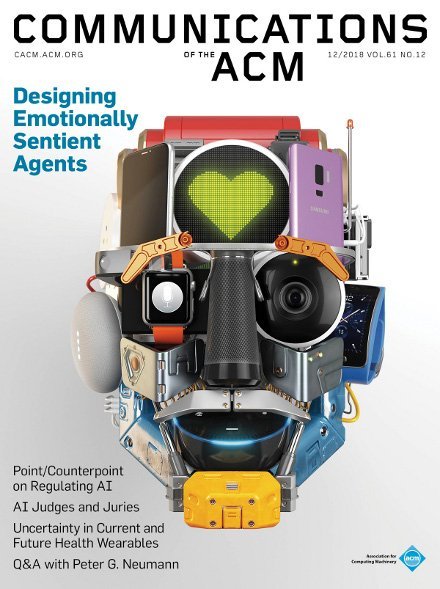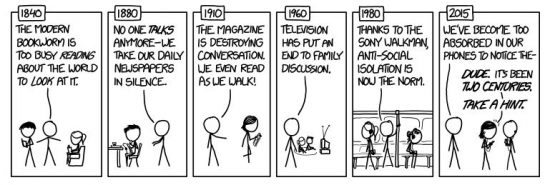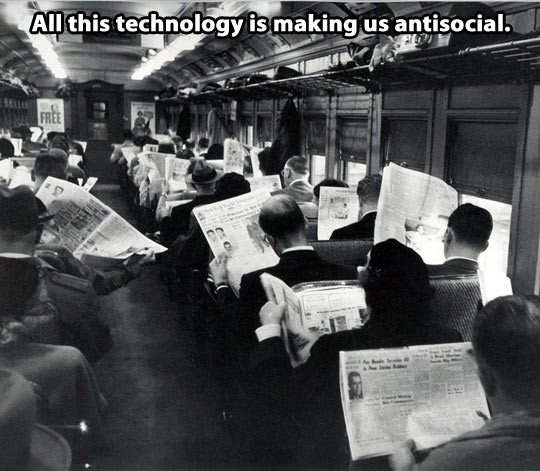One year ago, the FCC majority passed the 2017 Restoring Internet Freedom Order, largely overturning the 2015 Open Internet Order. I consider the 2017 Order the most significant FCC action in a generation. The FCC did a rare thing for an agency—it voluntarily narrowed its authority to regulate a powerful and massive industry.
In addition to returning authority to the Federal Trade Commission and state attorneys general, the 2017 Order restored common-sense regulatory humility, despite the court’s blessing the Obama FCC’s unconvincing, expansive interpretation of FCC authority. National policy, codified in law, is that the Internet and Internet services should be “unfettered by Federal or State regulation,” which, if it means anything, means Internet services cannot be regulated as common carriers.
Net neutrality is dead
Net neutrality advocates who want the FCC to have common carriage powers over Internet applications and networking practices were outraged by the approval of the 2017 Order. Joe Kane at R Street has a good roundup of some of the death-of-the-Internet hyperbole from the political class and advocates. Some disturbed net neutrality supporters took it too far, including threats to the lives and families of the Republican commissioners, especially Chairman Pai.
But the 2017 Order hadn’t killed net neutrality. It was already dead. A few hours after the passage of the Restoring Internet Freedom Order, I was on a net neutrality panel in DC for an event about the First Amendment and the Internet. (One of my co-panelists dropped out out of caution because of the credible bomb threat at the FCC that day.) I pointed out at that event that while you wouldn’t know it from the news coverage, the Obama FCC had already killed net neutrality’s core principle—the prohibition against content blocking. The 2015 “net neutrality” Order allowed ISPs to block content. Attributing things to the 2015 Order that it simply doesn’t do is what Commissioner Carr has called the “Title II head fake.” The 2017 Order simply freed ISPs and app companies to invest and innovate without fear of plodding scrutiny and inconclusive findings from a far-off FCC bureau.
Long live net neutrality
The net neutrality movement will live on, however. The main net neutrality proponents aren’t that concerned with ISP content blocking; they want FCC regulation of the Internet companies and new media. It’s no coincidence that most of the prominent net neutrality advocates come out of the media access movement, which urged the FCC’s Fairness Doctrine, equal time laws, and programming mandates for TV and radio broadcasts.
The newer net neutrality coalition, as then-FCC Chairman Wheeler conceded frankly, doesn’t know precisely what Internet regulation would look like. What they do know is that ISPs and Internet companies are operating with inadequate public supervision and government design.
As Public Knowledge CEO Gene Kimmelman has said, the 2015 Order was about threatening the industry with vague but severe rules: “Legal risk and some ambiguity around what practices will be deemed ‘unreasonably discriminatory’ have been effective tools to instill fear for the last 20 years” for the telecom industry. Title II functions, per Kimmelman, as a “way[] to keep the shadow and the fear of ‘going too far’ hanging over the dominant ISPs.” Internet regulation advocates, he said at the time, “have to have fight after fight over every claim of discrimination, of new service or not.”
So it’s Internet regulation, not strict net neutrality, that is driving the movement. As former Obama administration and FCC adviser Kevin Werbach said last year, “It’s not just broadband providers that are fundamental public utilities, at some level Google is, at some level Facebook is, at some level Amazon is.”
Fortunately, because of the Restoring Internet Freedom Order, IP networks and apps companies have a few years of regulatory reprieve at a critical time. Net neutrality was invented in 2003 and draws on common carriage principles that cannot be applied sensibly to the various services carried on IP networks. Unlike the “single app” phone network regulated with common carriage, these networks transmit thousands of services and apps–like VoIP, gaming, conferencing, OTT video, IPTV, VoLTE, messaging, and Web–that require various technologies, changing topologies, and different quality-of-service requirements. 5G wireless will only accelerate the service differentiation that is at severe tension with net neutrality norms.
Rather than distract agency staff and the Internet industry with metaphysical debates about “reasonable network” practices, the Trump FCC has prioritized network investment, spectrum access, and rural broadband. Hopefully the next year is like the last.
Addendum: The net neutrality reprieve has not only freed up FCC staff to work on more pressing matters, it’s freed up my time to write about tech policy areas that the public will benefit from. In November I published a Mercatus working paper and a Wall Street Journal op-ed about flying car policy.

 This week I will be traveling to Montreal to participate in the
This week I will be traveling to Montreal to participate in the 

 The Technology Liberation Front is the tech policy blog dedicated to keeping politicians' hands off the 'net and everything else related to technology.
The Technology Liberation Front is the tech policy blog dedicated to keeping politicians' hands off the 'net and everything else related to technology.